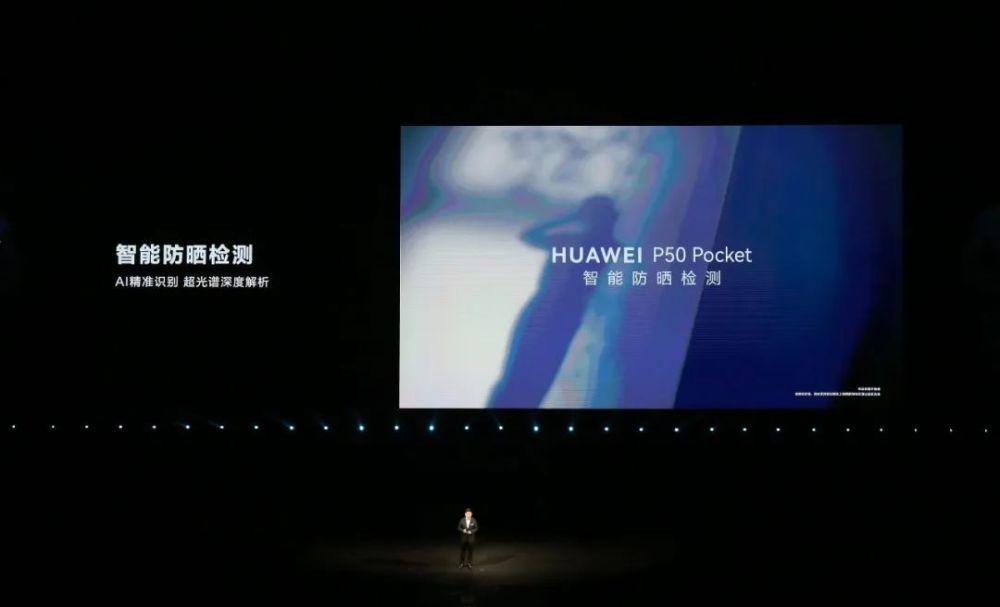Thanks to the maturity of the supply chain, the folding screen is entering an intensive release period, including huawei P50 Pocket, and three head mobile phone manufacturers have released plans for folding screens in the past week. However, in addition to the "cool" appearance innovation, the adaptation and ecological construction of the application are the key to determining whether the folding screen can be continuously increased for a long time.
A person in charge of China Mobile once said that there are already 3.5 million apps in the Chinese market, but there are not many that are specially adapted for folding screen mobile phones. This is due to the fact that the sales volume of folding screen mobile phones is too small, and App manufacturers do not have enough motivation to adapt the software, which affects the consumer experience. "Mobile phones need hardware and App cooperation to have a good experience and pull mobile phone sales." Now, the folding screen is most lacking in the supporting ecosystem. ”
Judging from the current actions of head manufacturers, the adaptation and development of applications has become an important part of the research and development of folding screens.
A software developer of a mobile phone manufacturer told the first financial reporter that folding screen application adaptation is a difficult challenge faced by the industry.
"Taking the parallel window as an example, in simple terms, an application is divided into two screens on the left and right, but in fact, each APP has its own interactive logic, some APP is the home page on the left screen, the right screen is the selected product details page, some APP logic is the home page on the left screen, and the right screen directly enters the product purchase page." The above-mentioned personnel said that software engineers can only use a line of code to tell the APP how to switch, from the birth of the first line of code, to the final successful guidance of app switching logic, the first version of the framework code has more than 20,000 lines, which shows the difficulty of adaptation.
For Huawei, after the update and iteration of three generations of folding screen products, the software adaptation work is more mature than other manufacturers, but how to combine the "upper and lower clamshells" to make the application more suitable for the folding screen ecology has become a new challenge for the terminal department.
According to official information, unlike the bar machine, Huawei tried to introduce a hyperspectral imaging system in the folding screen mobile phone, and this system also provides support for the exploration of the folding screen ecology.

Huawei defines the "Huawei mirror" on the P50 Pocket as a "pocket beauty expert" that can provide sunscreen detection and AI skin measurement functions.
Yu Chengdong, CEO of Huawei's consumer business, said that the support of technology mainly comes from Huawei's hyperspectral imaging system, which visualizes the sunscreen after application to determine the state of sunscreen application. In addition, Huawei Mirror also provides sunburn detection services to detect sunburns that are invisible to the naked eye in the early stages of the skin through AI skin measurement.
The ordinary mobile phone payment steps are very complicated, but Huawei Wallet can directly carry bank cards, transportation cards, access control cards, car keys, etc. to the P50 Pocket, without opening the phone and opening the application, in the folded state, you can achieve a swipe experience of a smart flash. In the payment link, the user only needs to double-click the power button (need to upgrade the wallet version to 9.0.16.300 and above), and the outer screen can quickly display the payment code for the merchant to scan the code to achieve the payment function.
The implementation of these functions has undoubtedly given Huawei more confidence in building a complete mobile ecosystem.
In early October 2019, more than 2,000 engineers from all over the world were "called" to gather in Huawei's Songshan Lake Park in Dongguan, a technical battle that came to be known as the "Battle of Songhu", which was considered to be the highest standard, the largest number of participants, and the most challenging internal resource cooperation since the establishment of Huawei. The purpose of the cooperation is to enable Huawei to create a new mobile ecosystem as soon as possible after it cannot use Google GMS.
According to Huawei's latest released data, the number of Huawei equipment upgraded to the Hongmeng system has exceeded 220 million, and the shipment of ecological equipment has exceeded 100 million units, and the HMS mobile ecosystem is also supporting the continued operation of Huawei terminals through continuous adaptation, running-in and exploration on new forms of terminals such as folding screens.
From the perspective of development, the creativity of developers needs more new carriers, and the folding screen also needs a prosperous application ecology, and the synergy of the two can make the industry really rise, and the folding screen at that time can be regarded as a real outbreak.